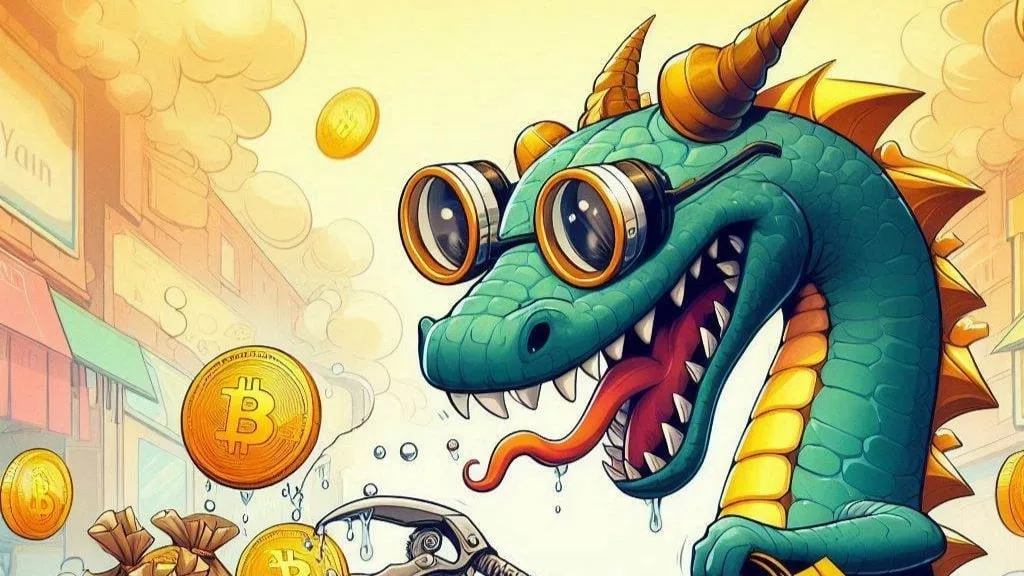
In the ever-evolving world of cryptocurrency, bold opinions are nothing new. But a recent statement from well-known Bitcoin advocate and JAN3 CEO Samson Mow is making waves for its direct challenge to how many investors perceive value in popular altcoins. Mow firmly declared that XRP, even under ideal market conditions and theoretical supply limits, could never realistically be worth $5,800 per coin.
This assertion was made in a post where Mow tackled a psychological concept known as “unit bias.” In the context of cryptocurrency, unit bias refers to the tendency of investors—especially newcomers—to favor coins that appear cheaper simply because of their low price per unit. According to Mow, this perception is misleading and contributes to irrational investing behavior. Coins like XRP, which have massive circulating supplies, often look more affordable than Bitcoin or Ethereum, prompting people to assume they offer better value or potential upside.
To make his point, Mow presented a hypothetical scenario: if popular altcoins like XRP, Ethereum (ETH), or Solana (SOL) had the same capped supply as Bitcoin—21 million coins—then based on their current market capitalization, their per-unit prices would be significantly higher. Under this framework, XRP would cost approximately $5,800, Ethereum would be around $9,200, and Solana about $3,400. While these figures are mathematically sound when calculated by dividing each altcoin’s market cap by 21 million, Mow stressed that they don’t reflect actual market value or investor confidence.
In his view, Bitcoin remains the undisputed leader because of its scarcity, decentralization, and unmatched level of security. He believes that Bitcoin’s supply cap and network effect are central to its long-term dominance, and that many altcoins attempt to artificially appear “cheap” by issuing billions or even trillions of coins. This gives a false impression to casual investors who might not understand how market cap and supply dynamics work.
Mow’s comments fueled mixed reactions across social media. Some supported his stance, echoing his belief that the majority of altcoins rely heavily on marketing tactics and psychological tricks like unit bias to attract inexperienced buyers. These supporters argue that Bitcoin’s track record, institutional adoption, and proof-of-work consensus mechanism make it fundamentally stronger than most of its competitors.
However, others pushed back, particularly from the Ethereum and XRP communities. They argue that comparing all coins to Bitcoin oversimplifies the conversation. Each of these assets has its own purpose and utility. For instance, Ethereum is a major platform for decentralized finance (DeFi) and non-fungible tokens (NFTs), while XRP is known for fast and cost-effective international payments. Critics of Mow’s view believe that value should be measured not only by supply and price but also by technology, use cases, and adoption within different industries.
Adding another layer to the discussion, Mow proposed the idea of standardizing the way value is measured in cryptocurrencies by creating a unit that represents one twenty-one millionth of a coin’s total supply. He suggested calling this unit a “Finney,” named in honor of Hal Finney, one of Bitcoin’s earliest contributors. This would allow investors to compare assets on a more equal footing. Using this concept, a Finney of Bitcoin would be worth $85,000, while a Finney of Ethereum would stand at $9,200 based on current valuations.
This idea received a warm reception from some corners of the crypto community, who saw it as a way to counteract the misleading effects of unit bias. Still, others questioned the practicality of applying such a unit across assets with fundamentally different purposes and technologies. Whether or not the concept gains traction, Mow’s proposal opens the door to broader discussions about how we define and compare value in a fast-changing digital economy.
In the end, Mow’s core message is one of caution. He urges investors not to be seduced by seemingly cheap prices and to understand the full picture—market cap, utility, scarcity, and actual demand—before making investment decisions. His warning serves as a reminder that in the world of crypto, things are often not as simple as they appear.


Get the latest Crypto & Blockchain News in your inbox.